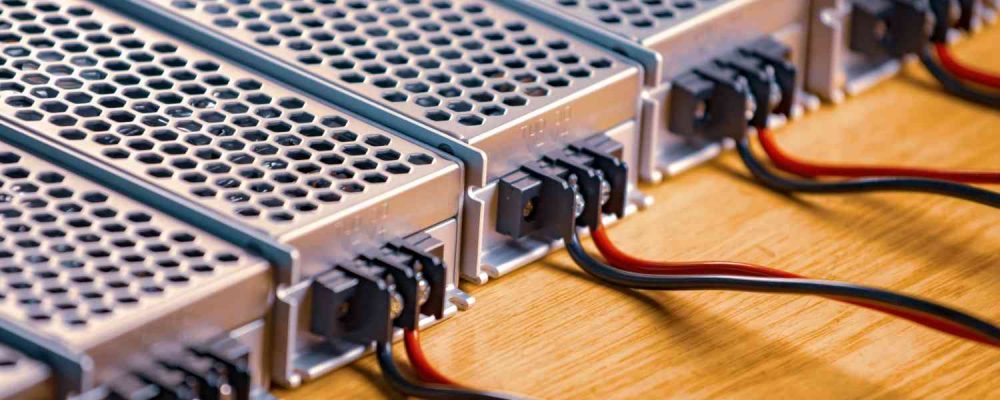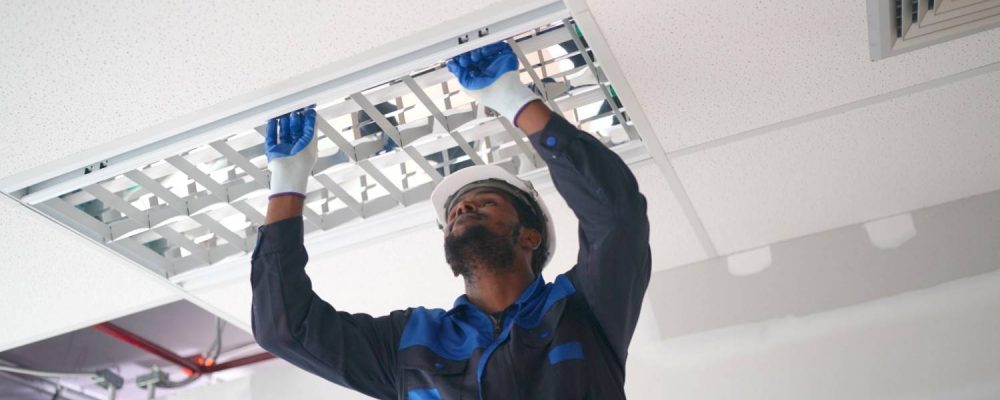Summary: A Bi-Directional Amplifier (BDA) system improves weak radio signals inside buildings, so first responders never lose contact, no matter where a situation occurs. It has antennas, amplifiers, cabling, and a backup power source. Its installation requires site surveys, design, installation of equipment, and testing. Nevertheless, having BDAs will allow for better coverage by eradicating dead zones; therefore, they will have to ensure the safety of every individual in real-time situations by having their communication systems working well.

Imagine an emergency where firefighters enter the high-rise only to lose radio communication, ironically in the stairwell. These dead zones cost precious minutes in the middle of a crisis. Hence, BDA Systems, also called Emergency Responder Communication Enhancement Systems, have increasingly become a critical modern building infrastructure. Be it compliance, safety, or seamless cellular and public safety communication, a BDA installation makes your facility ready for the unexpected.
Read further to learn the meaning behind BDA systems, their components, the importance of installing one, and the step-by-step installation process.
A Bi-Directional Amplifier (BDA) system is a signal-boosting device that strengthens weak radio or cellular signals inside buildings. It does this by:
Unlike simple cellular boosters, BDA systems are designed to support public safety radio frequencies, ensuring that first responders never lose contact when inside critical structures.
This means that BDAs are not merely advantageous but are, in fact, certain requirements for code compliance. The NFPA stipulates that over 95% in-building coverage be afforded to general areas, with 99% for critical areas such as stairwells and fire command rooms.

First responders need reliable two-way communication during fires, medical emergencies, or security events. BDA systems ensure signal penetration whereas otherwise signals could not penetrate reinforced concrete, metal structures, or low-level parking areas.
At present, most US jurisdictions adopt IFC 510 or other similar state-level regulations for mandating BDA systems in large or complex buildings. Florida, for example, after a recent change to its fire safety laws requiring existing high-rises to be provided with in-building radio coverage by 2025, allows for better communication means for first responders.
Common problem areas include:
A well-designed BDA ensures strong coverage across these critical zones.
An additional safety measure is that BDAs also increase the cellular coverage opportunity, eliminate dropped calls, and ensure that wireless security systems, alarms, and building management systems remain connected.

The donor antenna is the link of the building to the atmosphere outside. It takes signals from the radio towers and brings them inside. It usually finds a place on the rooftop, as it requires line of sight. Placement is paramount since a well-placed antenna can avoid interference and perform at its very best.
Example: There is a fire on the 20th floor. The donor antenna picks up the fire department radio transmissions so that firefighters can stay in touch with dispatch for vital instructions that could be missed without them.
This is the central part of the system. Signals in both directions are amplified inside and outside the building. BDAs keep frequencies in public safety particularities: 700 or 800 MHz. Thus, they work to prevent the radios and mobiles from losing their connection.
Example: Inside the basement, the paramedic communicates with the ambulance outside, and despite thick concrete walls, the signal remains strong.
Once the BDA boosts the signal, the DAS spreads it throughout the building. Think stairwells, corridors, basements, tunnels, and parking garages. Any space that typically loses signal gets coverage.
Example: Firefighters rushing up a stairwell can stay in constant contact. There are no dead zones to slow them down.
Everything needs to be wired properly. Fire-rated coaxial cables connect the antennas and amplifiers. The right cables are critical; they carry the signal reliably and survive harsh conditions.
Example: Even if smoke or heat fills part of the building, the cables keep signals flowing. Communication never cuts out during a crisis.
Power outages happen. That’s why BDAs come with backup power. Many codes require up to 24 hours of UPS capacity. This ensures your system keeps working when you need it most.
Example: A storm knocks out electricity. The BDA system keeps running. Firefighters and first responders can coordinate without interruption.
A BDA system is only useful if you know it’s working. Monitoring units track performance and trigger alerts when something goes wrong. Many systems are linked to the fire alarm control panel for extra reliability.
Example: The system detects a signal drop in the parking garage and immediately alerts building maintenance. Problems get fixed before they become a safety risk.
A professional team conducts a radio frequency (RF) survey to measure signal strength throughout the building. Weak zones are mapped using spectrum analyzers and coverage prediction tools. This step also includes coordination with the Authority Having Jurisdiction (AHJ) to establish compliance benchmarks.
Based on survey data, engineers design the system layout—donor antenna placement, DAS distribution points, and cabling paths. At this stage:
The donor antenna is mounted on the roof or exterior wall. Proper grounding and positioning are critical to avoid oscillation and ensure clean signal capture.
Distribution antennas are installed across weak-signal zones. Fire-rated coaxial cabling and splitters are routed to connect antennas to the BDA core. Pathway survivability measures, such as conduit and firestopping, are applied to meet code.
The amplifier and monitoring system are installed in a secure equipment room. Technicians configure gain, filters, and frequency settings. The monitoring unit is integrated with the fire alarm panel for supervision and alerting.
The system undergoes grid-based testing, ensuring 95–99% signal coverage depending on the zone type. Isolation tests, uplink/downlink checks, and battery backup verification are performed. The AHJ or fire marshal typically witnesses and signs off on this phase.
Comprehensive as-built drawings, test results, and compliance certificates are handed over to the building owner. Staff and safety teams are trained on system use and monitoring.
NFPA requires annual testing to ensure continued performance. Preventive maintenance and monitoring are critical, especially as building layouts or signal environments change.

A BDA installation must follow several key standards:
Failure to comply may result in occupancy delays, fines, or even liability in emergencies.
At Network Drops, we bring 40+ years of experience in low-voltage and network infrastructure. Our BDA services stand out because:
When lives are on the line, you need a partner who gets it right the first time.
A BDA system is way more than just a fancy upgrade. It is something that can save a life. It ensures that firefighters, people in the building, and your business can communicate in an emergency. From initial tests to maintenance, an efficient BDA is a working installation until the end of its lifecycle. Rules are being promulgated left and right in the US, so there is no time left to keep your building safe and reliable.
Want to make that building safe? Get in touch with Network Drops and book a consultation today.
High-rises, hospitals, schools, airports, underground garages, and campuses often require BDAs due to code or safety considerations.
Typically, installations last from a couple of weeks to several months depending on the size of the building, the permitting, and testing requirements.
No. While primarily designed for emergency communications, BDAs can also improve cellular coverage for daily business operations.
Costs vary widely by building size, complexity, and compliance needs. A professional site survey provides the most accurate estimate.
Annual testing is required under NFPA codes, but proactive monitoring and preventive checks are recommended.
"*" indicates required fields
Scott Fcasni is the driving force behind Shock I.T. Support’s commercial datacomm cabling division, delivering expert solutions that power reliable, high-performance network infrastructures. With extensive experience in structured cabling and a commitment to precision, Scott ensures that every project—whether for small businesses or large enterprises—meets the highest standards of quality and scalability.